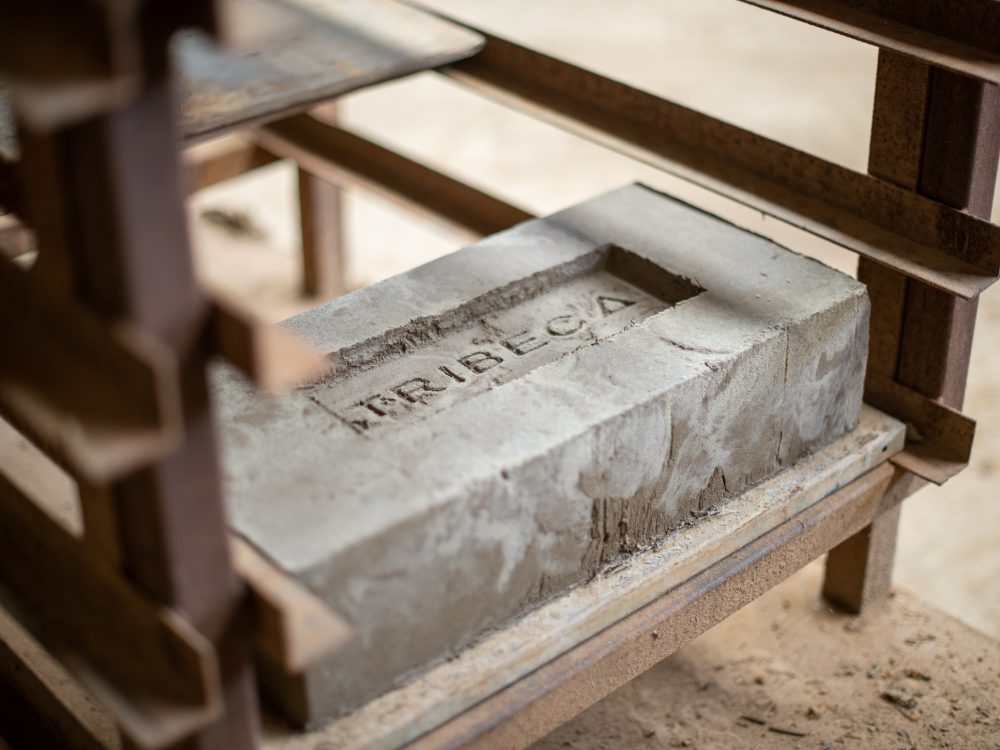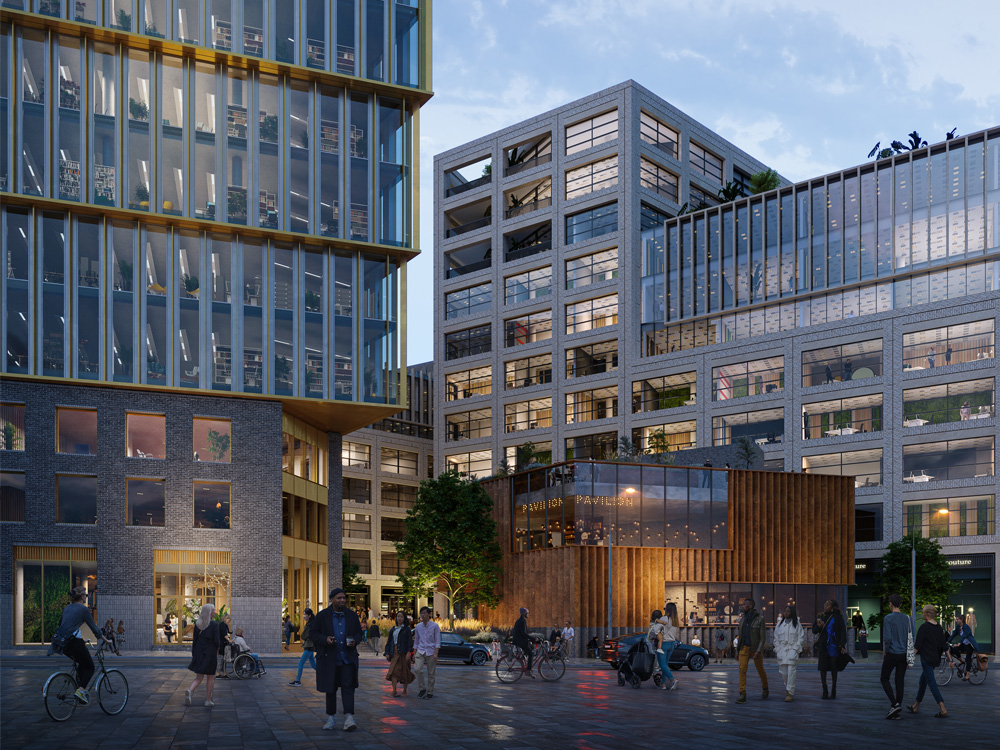Tribeca inclusive innovation hub
New London Architecture recently launched their report ‘Innovation Districts: Designing Inclusive Places’, which explores the rapidly evolving landscape of urban innovation and knowledge-intense clusters in London and the UK at large.
Innovation has traditionally taken place in isolated campuses and business parks, separated from the life of the city and surrounding communities, but how and where we innovate has changed. In recent years, a next generation of inclusive innovation districts have emerged that operate in synchronicity with the city and local communities.
Tribeca is a new innovation hub at the heart of London’s biotech cluster, located within the Knowledge Quarter (KQ) around King’s Cross. The agglomeration of globally leading academic and research intense institutions in this area creates a collaborative atmosphere where cross-fertilisation and open competition help accelerate innovation and economic growth.
Set in and around this evolving innovation hub is a diverse urban community. A guiding mission of the Tribeca development is to ensure that the benefits of regeneration and economic growth ripples beyond its boundaries to increase living standards and quality of life for the wider population. This will be achieved through a multi-faceted approach to inclusivity.

A collective vision and agile governance structure
The Tribeca development responds to the KQ 2050 Strategy, which has been developed in Partnership with LB Camden and other anchor institutions within the Knowledge Quarter. Practically, this means that Tribeca will be part of:
- establishing a high-level framework for infrastructure priorities;
- strengthening LB Camden’s commitment to deliver inclusive growth through collaboration, with landowners, key stakeholders, and the community;
- providing coherence and legibility around long-term aspirations to build investor confidence.
A democratic process of co-creation
Tribeca is the result of an inclusive process that has involved the local community throughout – from conceptual design and planning to construction and post completion – to ensure that the place sensitively respond to the needs of residents, end users, partners, and occupiers. Engagement activities have taken many forms, such as public exhibitions, Development Management Forums, engagement with Camden Learning’s STEAM programme and regular updates.
Site specific strategies
Tribeca will be the first purpose-built life-science, lab-enabled campus in London, building on the momentum of the KQ and nearby research intense anchor tenants, such as Francis Crick Institute, Alan Turing Institute/British Library, Royal Veterinary College, and Oriel (the new Moorfields Eye Hospital and UCL Institute of Ophthalmology hub). The new innovation hub will blend with the creative and entrepreneurial spirit of King’s Cross to generate a wider draw.
Density and mix of uses
An eclectic blend of ingredients – shops, bars and restaurants, maker spaces, incubator spaces, workspaces, state-of-the-art laboratories, and mixed-tenure homes (including 50% affordable) – will deliver a vibrant offering in contemporary and high-quality spaces, to appeal to a diverse, multi-generational and multi-cultural user group.

Welcoming building design
The Tribeca buildings have been designed to optimise permeability, with internal streets and articulated entrances that invite people in. The pavilion building ‘holds’ the open end of the square and creates human scale threshold from the street. Ground and lower levels will be visually transparent, with opportunities to put life-science and innovation on display for the community to observe and feel part of. The granularity of active uses will bring the public spaces to life and animate the canal edge.
Open and collaborative public realm
As a significant new piece of the urban environment, Tribeca has been designed as a welcoming and lively place that stitches into the surrounding neighbourhoods. New pedestrian and cycle routes, including a footbridge over the canal, will increase connectivity and permeability whilst promoting healthier people-powered journeys. Open spaces, including Tribeca Square at the heart, have been carefully designed to create a bright series of animated hard and soft public spaces that help erode barriers between the innovation community and the wider community.
Amplified nature and ecology
Generous terraces and private amenities are integrated into the building design to promote health and well-being for residents as well as commercial tenants. Biodiverse roofs will enhance biodiversity and provide rainwater attenuation, with urban wildlife habitats created through bat/bird boxes, insect blocks and mounded areas for plant colonisation and bee banks. Sustainable drainage systems are integral to the landscape design, and tree and soft planting will provide climate change mitigation measures such carbon sequestration and urban cooling.
Pragmatic governance, collaborative partnership, and diverse funding mechanisms
Dynamic governance is the driving force behind the development’s environmental and social value initiatives. Core to the delivery of Tribeca is the use of a Green Leasing Strategy which will oblige the landlord to progress ESG values into the building occupation through an environmental forum that will monitor the performance of the premises and inform tenants or their energy use.



